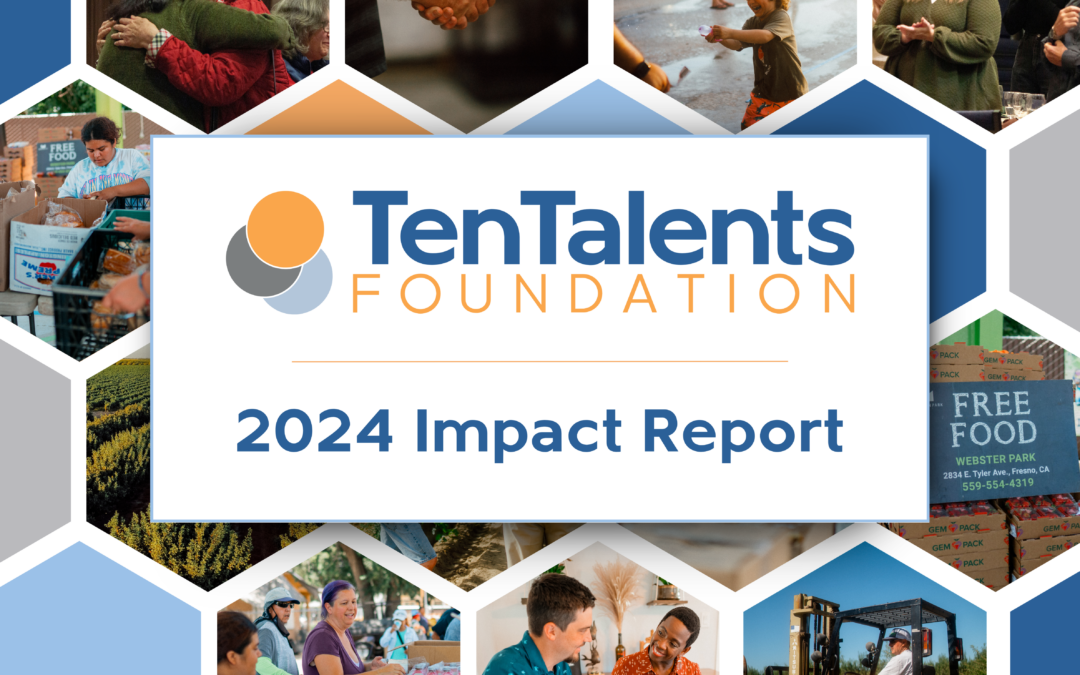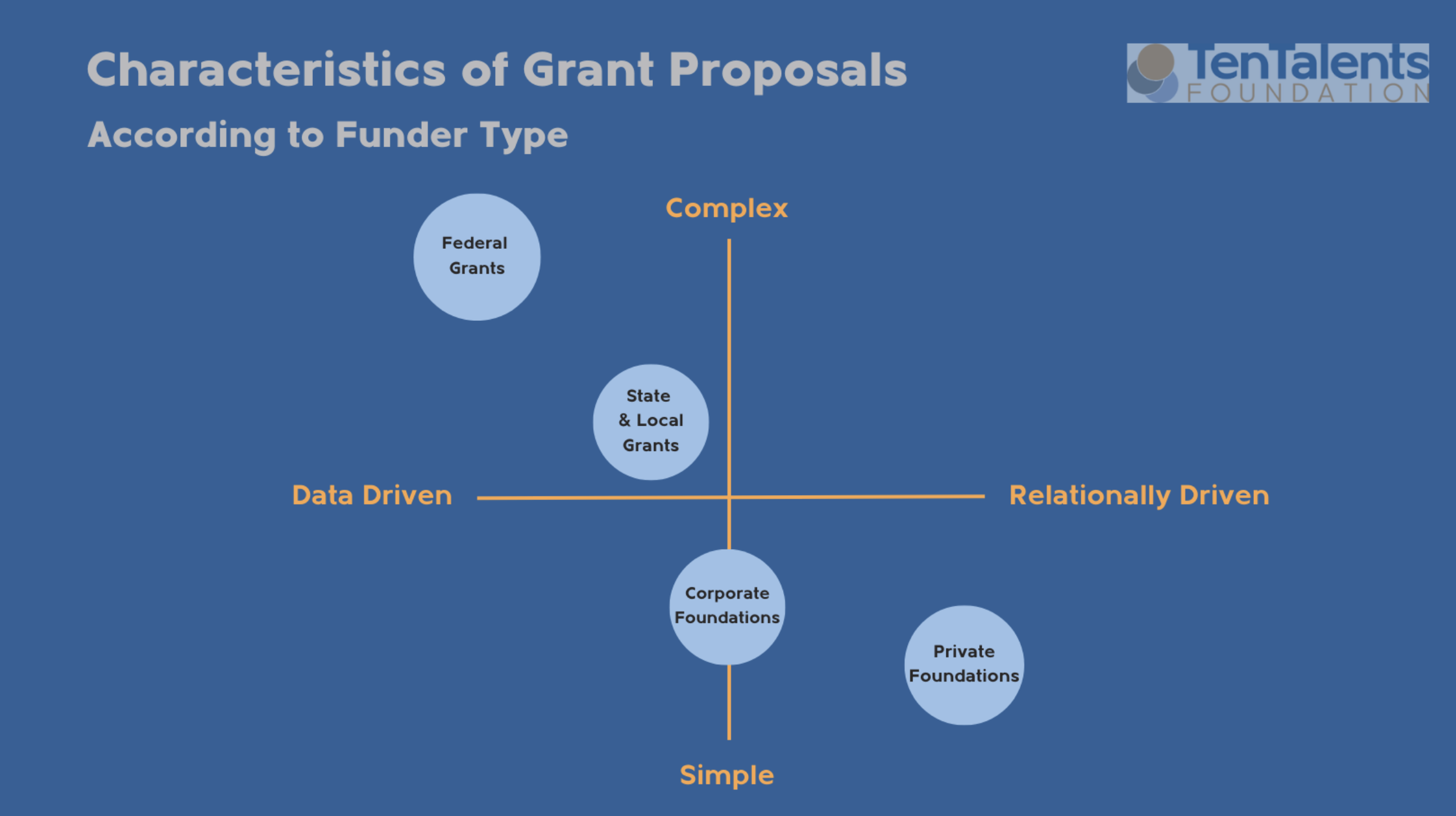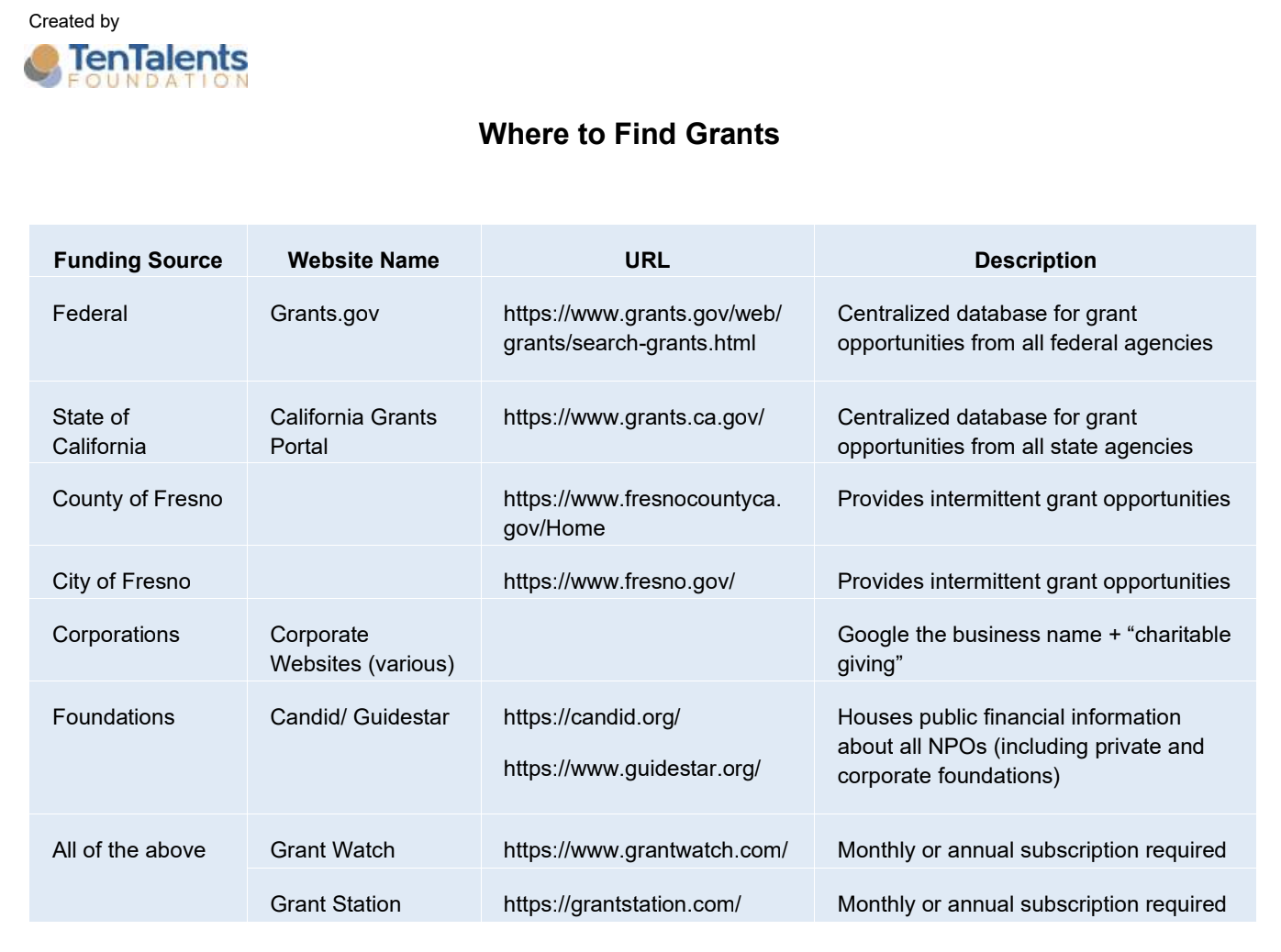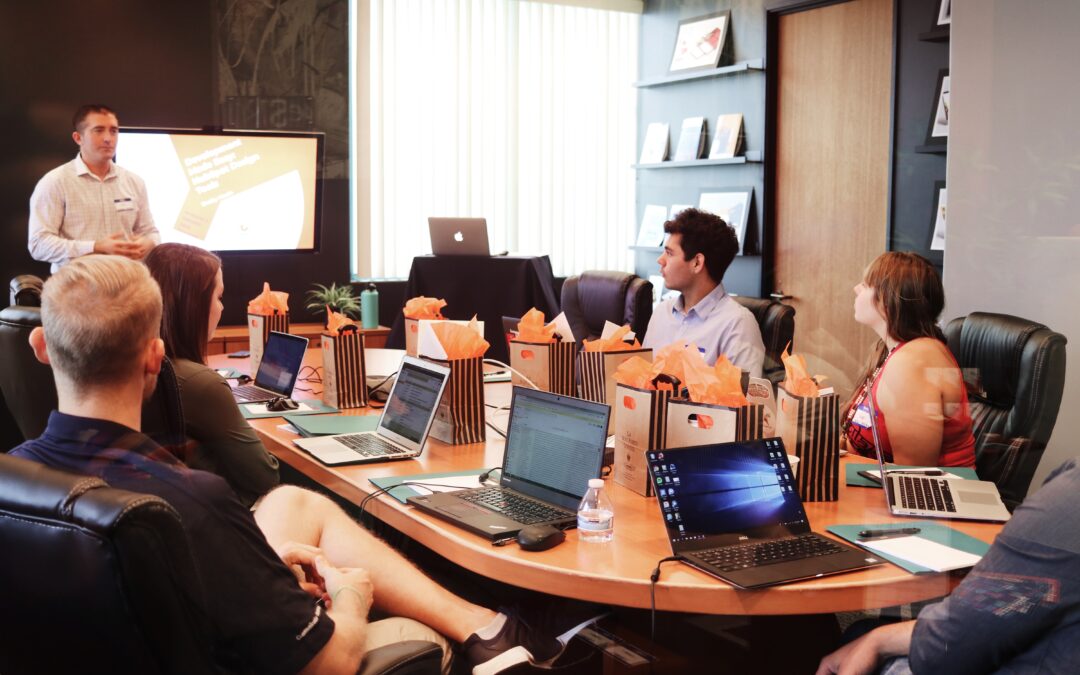
2024 Ten Talents Foundation Annual Impact Report
Dear Friends,
As we reflect on 2024, one word comes to mind: growth . Growth is rarely easy—it comes with stretching, refining, and moments of uncertainty. This year was no exception. We’ve navigated challenges, asked hard questions, and sought wisdom from those around us. But through it all, our faith and commitment to our mission has grown.
The Ten Talents Foundation exists to mobilize a movement of generosity, helping individuals, families, businesses, and nonprofits steward their “talents,” and give more strategically so their resources can make a lasting difference in our communities.
This year, that mission has come to life in powerful ways. Over $1 million in grants supported ministries working on the front lines of our region and world’s greatest needs. Families have learned how to maximize their giving. One local business owner was able to double his giving to ministries because of the creative giving strategies and tax savings incurred through Ten Talents’ giving tools! A nonprofit leader attended one of our events which inspired him to invite a donor to consider leaving a legacy gift to the organization. That single conversation resulted in the donor designating one-third of her entire estate to the nonprofit —a gift that will impact lives for generations.
These stories demonstrate why we exist. Last year, we prioritized education and training, offering workshops, webinars, and resources on asset-based giving, legacy giving, and charitable bequests. When people understand how to steward their resources wisely, they can give more—and more effectively—to the work they value most.
As we look to the rest of 2025, we are committed to expanding these efforts—educating more nonprofits, training financial advisors on how to help their clients use these giving tools, and equipping more families and businesses to give with greater impact. Thank you for being part of this movement. Together, we are investing in something far greater than ourselves. Here’s to another year of growth!
With Gratitude,
Brent Riffel
Executive Director
Ten Talents Foundation








Recent Comments